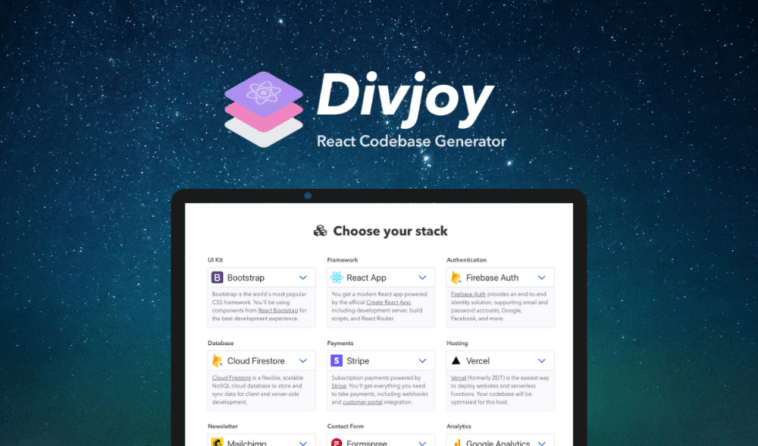Demand management is a vital link for all businesses, especially IT companies. Software firms have to evolve to keep up with demands. If you use an outdated stack, the projects you get are rather limited and unvarying, which usually leads to more missed opportunities. A rival firm can capitalize on your loss for increased financial gains.
Demands keep changing and in a rush of completing the projects, companies might be successful in sticking to the constraints of time and budget, but at the cost of a drop in product quality. Managing and planning the demands can be conducted in many ways, like collaborating with customers to understand their needs, forecasting market trends and studying economic fluctuations.
Effective demand planning is a prerequisite of managing the supply chain. It is easy to determine the requirement of your products by demand planning to prepare for delivery and eliminate unnecessary loss occurring from overproduction or underproduction. Information technology companies and/or every other organization with a dedicated IT department can effectively improve profitability by practicing demand management.
So, let us understand the meaning of demand management before delving into its importance for IT companies;
What is Demand Management?
Demand management and planning are the parts of supply chain management that help IT firms determine existing demand and also forecast them. Therefore, IT companies can structure the project lifecycle to connect the demand and delivery ends.
Supply management can be performed by forecasting the demand and planning your responses to address the demand accordingly. This practice can not only improve the product delivery cycle but also its quality by providing the exact specification of product or service expected by clients. Organizations that practice demand management enjoy the following benefits;
1. Efficient Resource Management
When a business starts out and operates on a small scale with a tight budget and smaller teams, resource management is done using basic everyday tools, like a spreadsheet. But as you grow in strength, your resourcing needs change too. You’ll find it hard to manage a resource pool as new skills keep getting added, and teams are distributed across geographies. This is where demand analytics within a resource management tool comes in handy. It can not only hold information on the talent pool but can measure their available effort hours against project hours, indicating sudden dips or surges in either entity. Put simply, if your capacity is in excess but your demand is less, it would mean there are fewer projects to go around resulting in some skills being relegated to the bench. Demand management lets you predict the resource demand arising from the projects Large scale enterprises can use these insights for corrective actions, such as redistributing the workload onto projects that moved up the queue or reskilling benched potential to get them work-ready as the demand is predicted to rise down the line.
During the project lifecycle, IT companies just like other enterprises will have unforeseen demands coming at any stage called as unplanned demands. Now, a well-managed demand structure can overcome similar situations by evaluating the nature of requirement and determining the qualified resource that can be allocated. It lets you verify the availability of the members who are competent for the task sot that no one is caught unawares by new priorities.
2. Better Demand Forecast Accuracy
Demand management explicitly deals with identifying the customers’ needs and market variables which lets you crunch the numbers in order to accurately foresee the demand. Although demand forecasting involves several steps to reach to a conclusion it increases the success possibilities. It includes estimating demand arising from pipeline in case of successful conversions, analysing forecast strategies used for similar products or products you launched previously, collaborating with potential customers to estimate the demand, etc.
In this manner, you can lead a data driven demand forecast which allows you to plan a production strategy. In case, if the demand is lower than the expected, necessary steps can be taken to market your product and generate the demand that matches with your production. This proactive approach supports performance, which ultimately is what efficiency improvement is all about!
3. Increased Data-driven Financial Decision
Investing capital in calculated sums derived from accurate demand forecasts increases your odds of profiting from the project. Not only can you leverage the data driven financial decisions but you can also maintain the cash flow to compensate contractors and other stakeholders. Both of these factors i.e. taking the calculated financial risks and compensating the stakeholder timely will help your project stick to the plan.
Demand management lets the project account managers depend on reliable statistics and gauge the dynamics of financial well-being of the organization before and after investing in the project. It eliminates the possibilities of making roughly estimated decisions and switching to more justifiable financial decisions.
4. Improved Supply Chain Management
The best outcome IT organizations can have after implementing demand management is a well-managed supply chain cycle. Now, the supply chain cycle will function according to the calculated measures backed by demand analysis. You’ll always be informed of the times when a particular product is in ample supply, sparse or out of stock.
You can easily manage the supply chain so that your product delivery goals are achieved too, by maintaining the utmost quality. The more able you are to deliver the products your clients request for, the higher the chances of retaining them.
Running an IT firm is all about multitasking. You’d have to coordinate the logistics of hardware and software exports, releases of deliverables and offer consultative services. If production comes to a halt, all of these activities take a hit too, particularly if demand shifts are untrackable. Demand forecast hence, allows the decision makers to evaluate and manage the sales pipeline and scope the project lifecycle better.
Customer relationship management plays an essential role in developing this foundation since it reflects the demand reality. Although you can have challenges with CRM initially if you follow the agile methodology, there are useful alternatives to keep you going. Combining customer feedback and user experience with efficient demand management will be worth your efforts because with this foundation, your organization can control the production with an understanding of the present, and future requirements. And that is the ultimate need of every organization!
Author Bio:
Mahendra Gupta is a PMP certified resource management expert at Saviom Software. He has authored several thought-provoking pieces on workforce planning, team collaboration and project lifecycle management. His experience has enabled multinational businesses around the globe to diversify their project portfolio. Follow his work here.







Add Comment